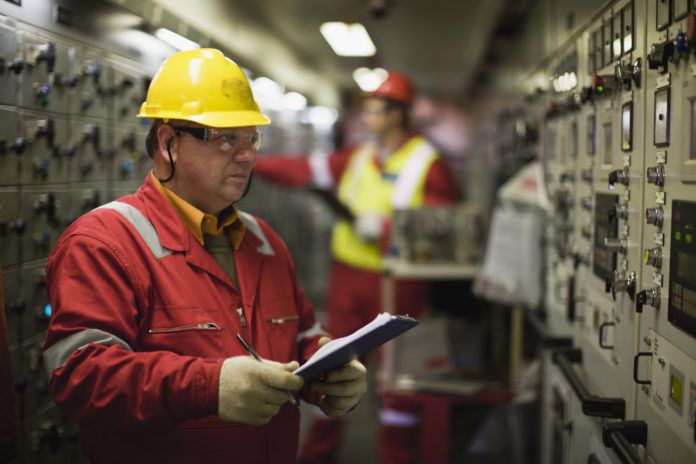If our safety numbers are trending in the right direction, we must be pretty good, right?
 When we see our numbers improving it’s easy to get complacent and think that we are on top of our game. It must be that our work is planned well, our communication is strong, and work is being done the right way every time.
When we see our numbers improving it’s easy to get complacent and think that we are on top of our game. It must be that our work is planned well, our communication is strong, and work is being done the right way every time.
Just because your numbers in 2019 are looking better than your 2018 numbers doesn’t mean your organization has suddenly figured it out. In the industrial sector, we know that one event can quickly shift our perceptions from “we got this” to “what’s going on?” It may just be the ebb and flow of lady-luck.
Are we good at work or are we good at working around organizational deficiencies?
This is why it’s important to always be evaluating your culture and the worker behaviors within that culture to see if they match up with your company’s expectations. Essentially, we must always be doing a strategic gap analysis so we know where the cracks are in the foundation we built.
For those unfamiliar with this type of analysis, a Gap Analysis is the process of comparing actual performance with desired performance. A Strategic Gap Analysis goes one step further and determines what must be done to achieve your desired performance.
Where Gaps Come From
Gaps are found in the values held by executives, managers, and front-line workers. Additionally, gaps are found in our management systems where we desire a particular outcome but the processes to achieve it are either nonexistent or ineffective. The most difficult gap to identify is the behavior gap: We SAY these are our values, but how we LIVE tells another story.
Value of Constant Analysis
By continuously executing a Strategic Gap Analysis, your organization will have its finger on the pulse of the gaps between:
- Stated values versus actual values held by your executives, management and front-line workers
- Desired goals and the effectiveness of the management systems and processes designed to support these values
- Desired behaviors versus the day-to-day worker choices that continually define us
As we always say, you don’t know what you don’t know, and if you don’t look, you’ll never know. If you don’t know, things can get out of control. When things get out of control, they can become critical. Even though things may look great right now, let’s verify it’s because we’re doing work the right way every time.
Toolbox Talks offers quick insights and thoughts to use for your toolbox (tailboard) talks. Dave Sowers is a founding member of Knowledge Vine, a veteran-owned human performance training and consulting organization that strives to reduce the frequency and severity of human errors in the workplace. He has almost 30 years of experience in power generation and the utility industry. He is a veteran of U.S. Navy Nuclear Power Program and holds a bachelor’s degree in resources management and a master’s degree in both management and emergency management and homeland security.



